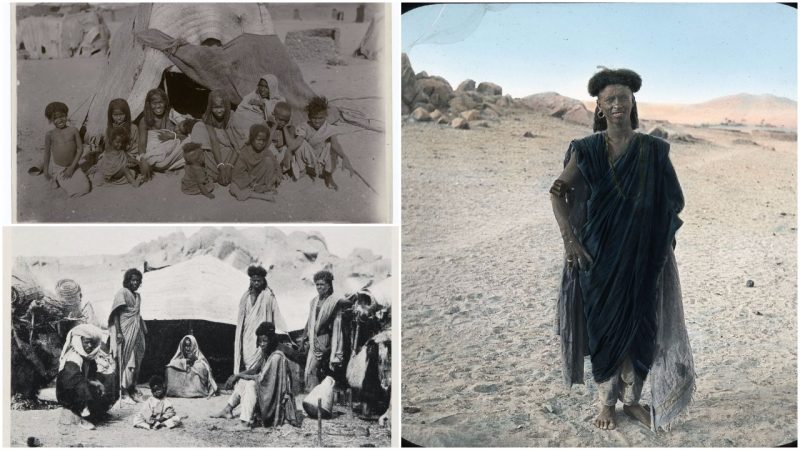The Eastern Desert, a section of the Sahara Desert spreading east of the Nile, and in between the sacred river and the Red Sea makes the home of this amusing African ethnic group.
The Eastern Desert region takes parts of Egypt in the north to Eritrea in the south, extending in Sudan and Ethiopia all along. The Beja are deemed to have descended from people who lived in the area since at least 4000 BC.
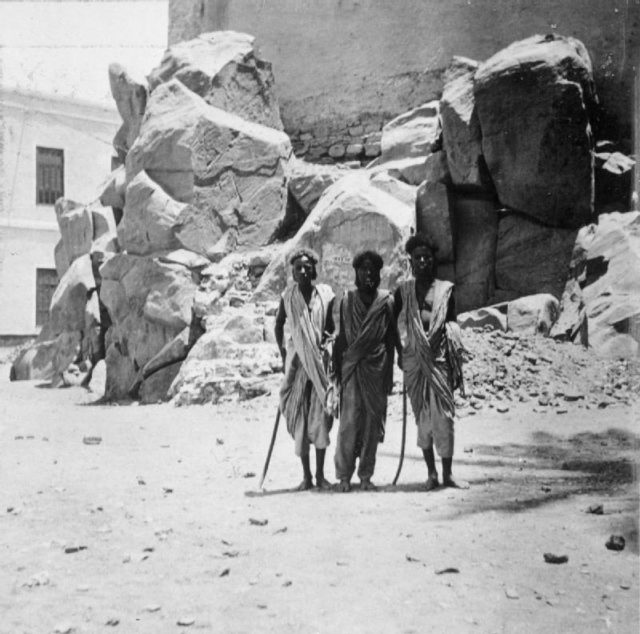
Nowadays, most Beja people live in the Sudanese states of Red Sea around Port Sudan, River Nile, or Kassala among others. More notable Beja communities can be found in the Anseba Regions of Eritrea as well as the southern parts of Egypt.
For ages, the Beja people have traversed the vast distances of the desert with their herds of cattle and camels. They produce milk, butter, and meat, which is their ultimate dietary. This ethnic group numbered roughly 1.9 million in the early 21st century. Today, they total slightly more than 1.2 million. They speak the Beja language of the Cushitic branch within the Afro-Asiatic language family.
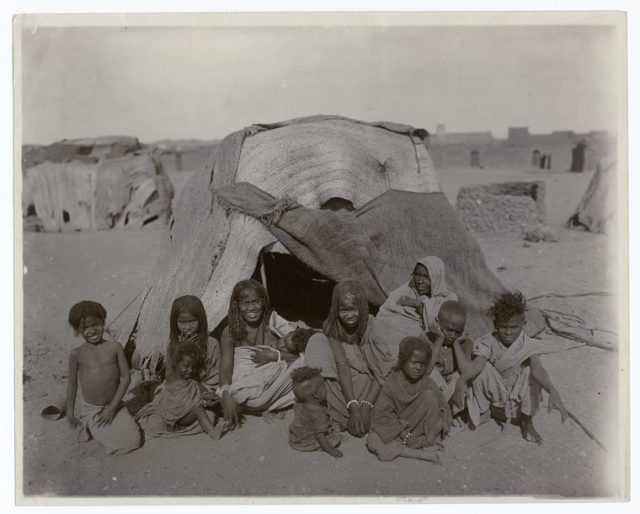
A nomadic Beja tribal kingdom that thrived from around 600 BC to the 3rd century AD was named as “Blemmyes” in ancient Roman days. This kingdom was situated in Nubia, the seat of some of the earliest civilizations of ancient Africa.
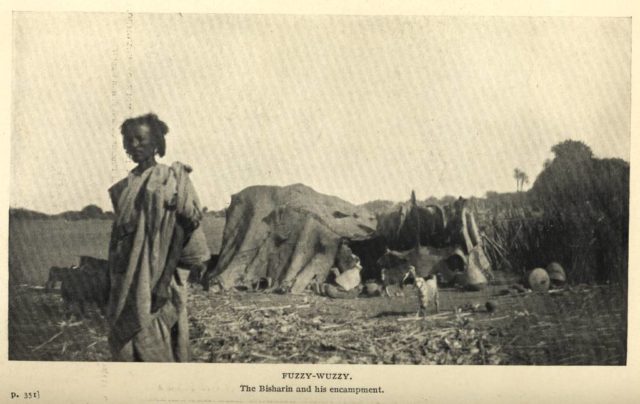
While the Greek geographer Strabo described the Blemmyes as peaceful people inhabiting the Eastern Desert near Meroë, some fictional portrayal represented the Blemmyes as a legendary race of headless monsters who had their eyes and mouths placed in the chest. Allusions to this mythical representation of the Blemmyes as headless creatures can be found even in the work of Shakespeare.
Inscriptions of the ancient kingdom of Aksum (present-day region of Eritrea) had the Beja people further named as “Bugas”.
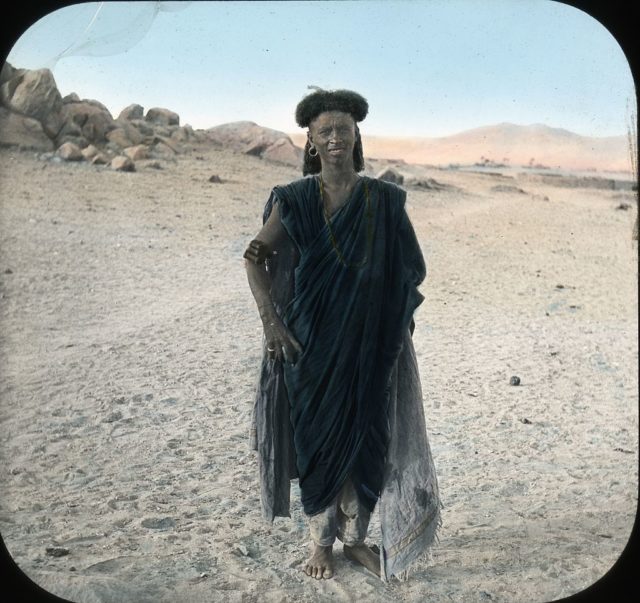
Throughout the first century AD, a Beja dynasty had captured the ancient city of Meroë, on the east bank of Nile, and ruled the Kingdom of Kush. In the 6th century, the ethnic group was partially converted to Christianity. Islamization took place much later, beginning the 15th century. The Islamic Beja took part in the significant Muslim outreach to Sudan, expanding southward.
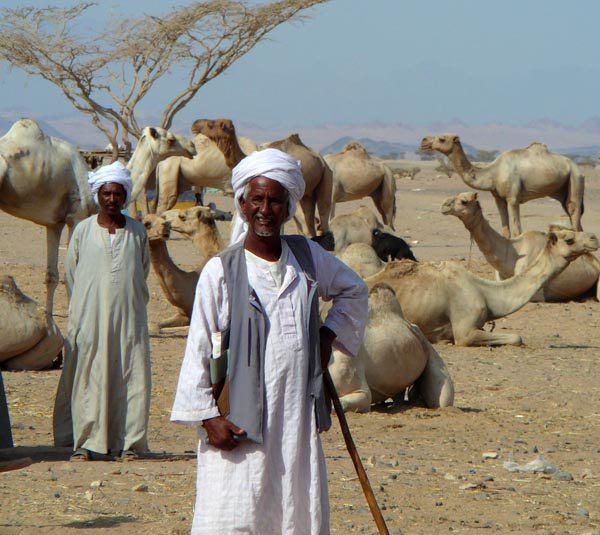
By the 18th century, Hadendoa Beja dominated much of eastern Sudan. During the British colonial war known as the Mahdist War (the 1880s to 1890s), the Beja consequently fought on both sides. The Hadendoa sided with rebels who were against the British-administrated rule of the Turks in the region. Other tribes such as Bisharin and Amarar had sided with the British. The English writer Rudyard Kipling had in this context named the Hadendoa as “Fuzzy Wuzzy”.
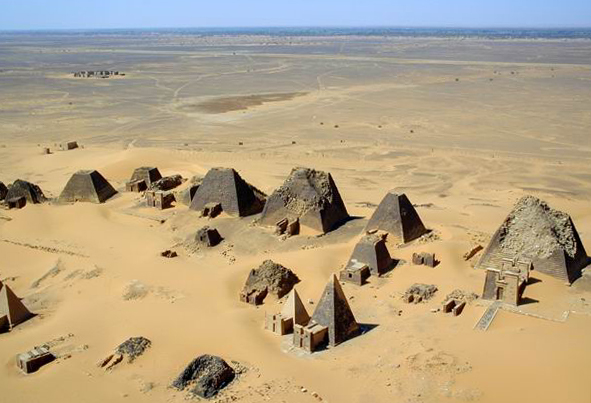
The Beja language is also known as Bedawiyet or To Bedawie deserves a particular attention. The French linguist Didier Morin has attempted to answer the gap between Beja and other branches of the Cushitic family of languages, and particular the Afar and Saho ones. Didier’s thesis has revolved around the fact that the three languages were once adjoining over the same geographical region.
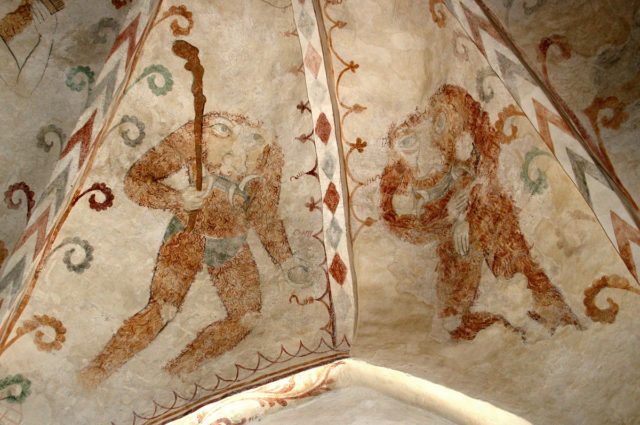
Despite the notable Arabic influence to this ethnic group, the Beja language has not diminished at all. In fact, the highest moral and cultural values of the Beja people are in anyway linked to their sayings that the Beja poetry is highly honored and that the claims made over the Beja land can only be taken as valid if expressed in their own language. Arabic has remained low in the pyramid of Beja cultural values, which counts for a strong social factor in protecting the Beja language.
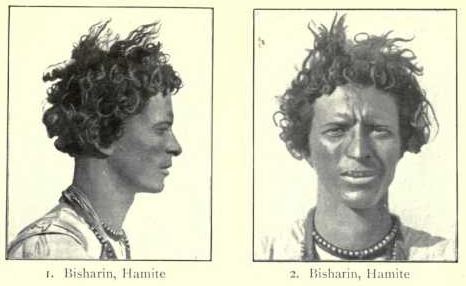
The Beja people are subdivided into clans, and while most of them speak their own language, there are certain sub-clans which do not. Bisharin, Hedareb, and Hadenowa are some of the most prominent Beja lineages. Some others are somewhat mixed with the Bedouins in the east. Traditionally looking, the Beja society was organized in independent kingdoms, and notably, in the 9th century, there were six such kingdoms.
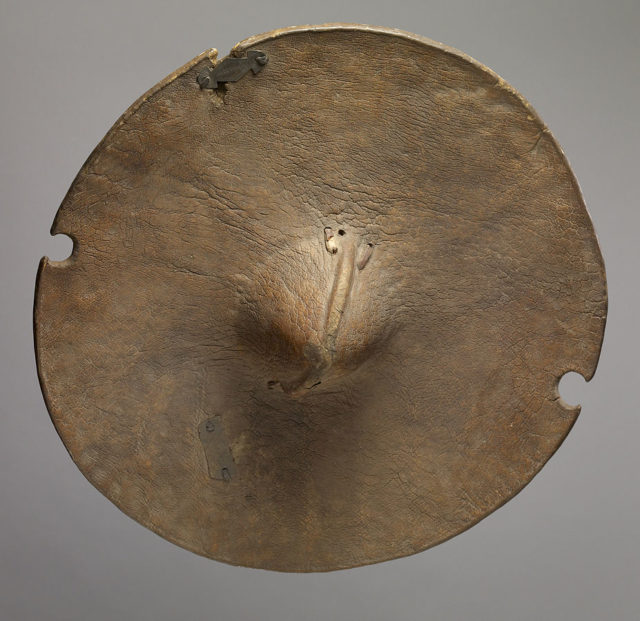
In the 1950’s the Beja congress was formed and it largely engaged some Beja communities to take political stances in the region, given the growing issues in Sudan approaching the end of the 20th-century.
The congress had an initial purpose of pursuing regional autonomy. No significant accomplishments were made on that matter, although in the 1990s, the Congress effectively took control over parts of eastern Sudan, at several instances also wrecking oil pipelines going to Port Sudan.
